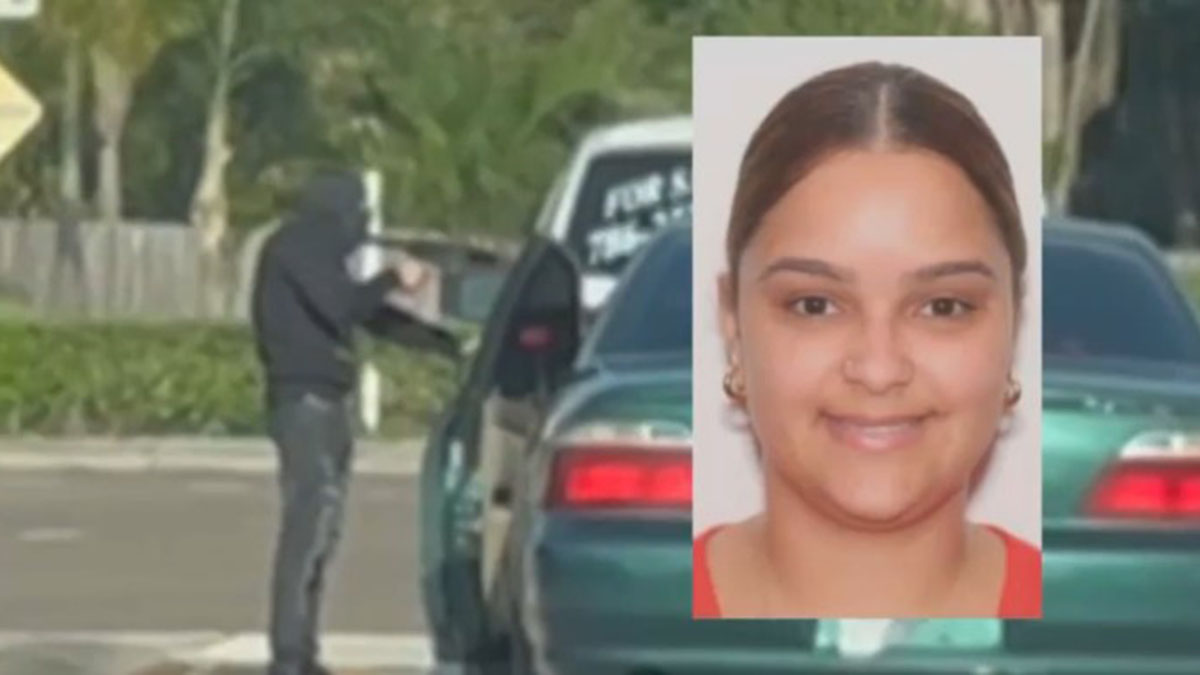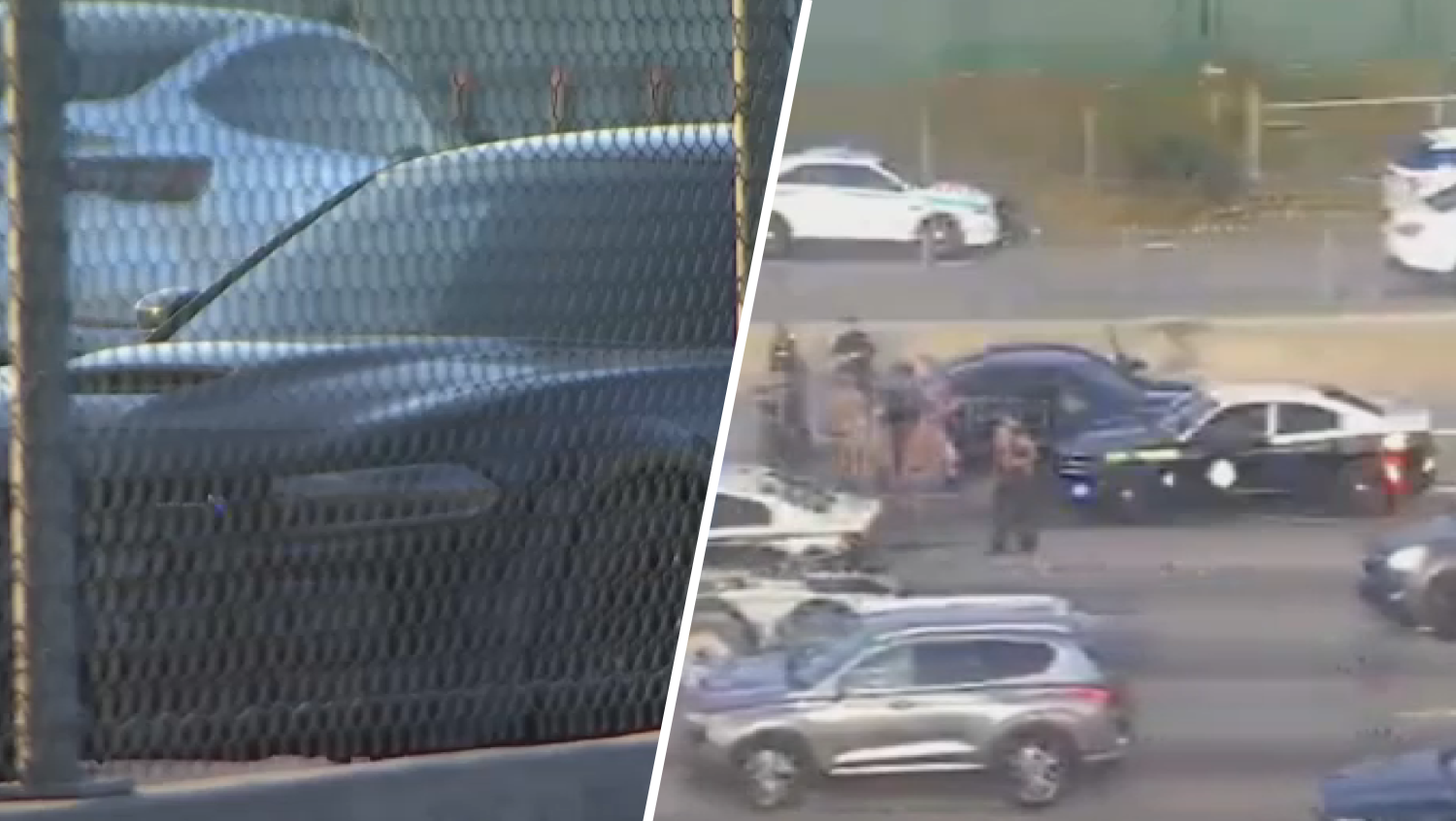Fidel Castro's ashes are completing the first leg of a more than 500-mile journey across Cuba, traveling in a flag-draped cedar coffin through small towns and cities where his rebel army fought its way to power nearly 60 years ago.
Just after 7 a.m. on Wednesday, an honor guard placed the coffin under a glass box on a trailer behind a Russian jeep. Thousands of soldiers and state security agents saluted the remains as they rolled slowly out of Havana's Plaza of the Revolution and the cortege made its way to the Malecon seaside boulevard and east into the countryside.
Tens of thousands of people lined the route, which retraces in reverse the path of the triumphant march of Castro and his rebels across the island to enter Havana on Jan. 1, 1959. Many waved flags and shouted "Long may he live!"
Others filmed the procession with cellphones, a luxury prohibited in Cuba until an ailing Castro gave up power in 2006 to his younger brother, Raul, who began a series of slow reforms.
The ashes were to arrive late Wednesday in the central city of Santa Clara, where they would spend the night at a memorial to fellow revolutionary Ernesto "Che" Guevara, whose remains are interred in Santa Clara.
An enormous Cuban flag hung outside the memorial to Guevara and hundreds of soldiers and city residents turned out for the arrival.
"He is everything to me. He's the one who gave us everything," said Cristian Garcia, a 13-year-old who painted the words "I love you Fidel" on his face.
Local
The second leg of the journey on Thursday is to take the ashes to the eastern city of Camaguey. They will be interred Sunday in the far-eastern city of Santiago, ending a nine-day period of mourning that saw Cuba fall silent as thousands paid tribute to photographs of Fidel Castro and sign oaths of loyalty to his socialist, single-party system across the country on Monday and Tuesday.
Wednesday's procession was the first moment in which ordinary Cubans saw the remains of the man who led a band of bearded young fighters out of the Sierra Maestra mountains, overthrew strongman Fulgencio Batista, faced off against the United States for decades and imposed Soviet-style communism on the largest island in the Caribbean.
For many Cubans, seeing the coffin of a man who dominated life here for a half-century made the idea of a Cuba without Fidel Castro real for the first time since his death Friday night at age 90.
Juan Carlos Gonzalez, 26, owner of a private restaurant that serves traditional Cuban food in Santa Clara, said there was a greater sense of uncertainty without Fidel and he couldn't say whether that was positive or negative.
"The one who ruled the country was Fidel, in my opinion," Gonzalez said. "Now I don't know how things are going to be."
The crowds along Wednesday's route were a mix of people attending on their own and those sent by the government in groups from their state workplaces.
Outside Havana, the caravan passed through rural communities transformed by Castro's social and economic reforms. Many residents now have access to health care and education. But many towns are also in a prolonged economic collapse, the country's once-dominant sugar industry decimated, the sugar mills and plantations gone.



